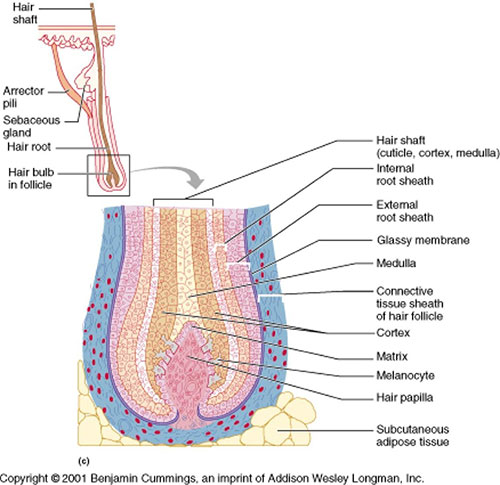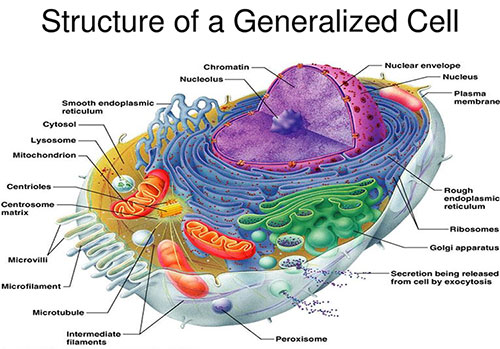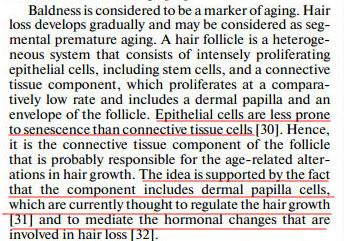- Reaction score
- 1,332
What people really need to understand is that the assumptions made about transplantation, have never been properly tested!
The early studies accepted two possibilities. The survival of large follicles transplanted into the bald area, is either because of internal differences, or external effects caused by the procedure itself.
This is a very important point because the supporters of the traditional direct androgen action idea, quote transplantation as proving this. But the lack of confirmation testing, leaves this question open.
There is certainly no incentive for the proper testing of this question, within the industry itself. Think about this. Transplants have always been sold on the basis that the transplanted hair is different, and resistent to balding. If it was demonstrated that these hairs are not different, and it is the procedure that makes the difference what would happen?
Everone who has ever had a bad transplant procedure, would have have a legal case for misrepresentation. Think about the implications of that?
From the early transplantation studies using large grafts, and the much later experience of repairing these we get some insight.
The early large grafts suffered central hair loss, that looks just like the male pattern baldness process effecting alledged resistent follicles. These large grafts also suffered from a central swelling refered to as cobblestoning. There are so called explainations for these effects, but the time scale of the early studies is against these explainations.
The overall data suggests that the only follicles to survive long term in the male pattern baldness area, are those within scar tissue. This would indicate it is the procedure that makes the difference, and not internal follicle differences. This is also in line with the evolution of procedures towards small grafts.
Whatever any one's opinions, proper testing of this question is possible. Untill this is actually done, people should not just assume the answer here as is often the case in these debates.
Stop being drunk Foote. You sure make my day every time you post though. You think this for over 20 years now and are so convinced of your theory. You know what's the most funny thing about it all? That you are incompetent besides being ignorant too.
What stops you from buying a punch yourself for a few bucks and test this out yourself? It's easy as you know. Show to the world that a hair miniaturized hair follicle reverses to it's previous healthy state when transplanted to a other area. You will gain worldwide recognition and basically become a legend.
What stops you from doing this?



